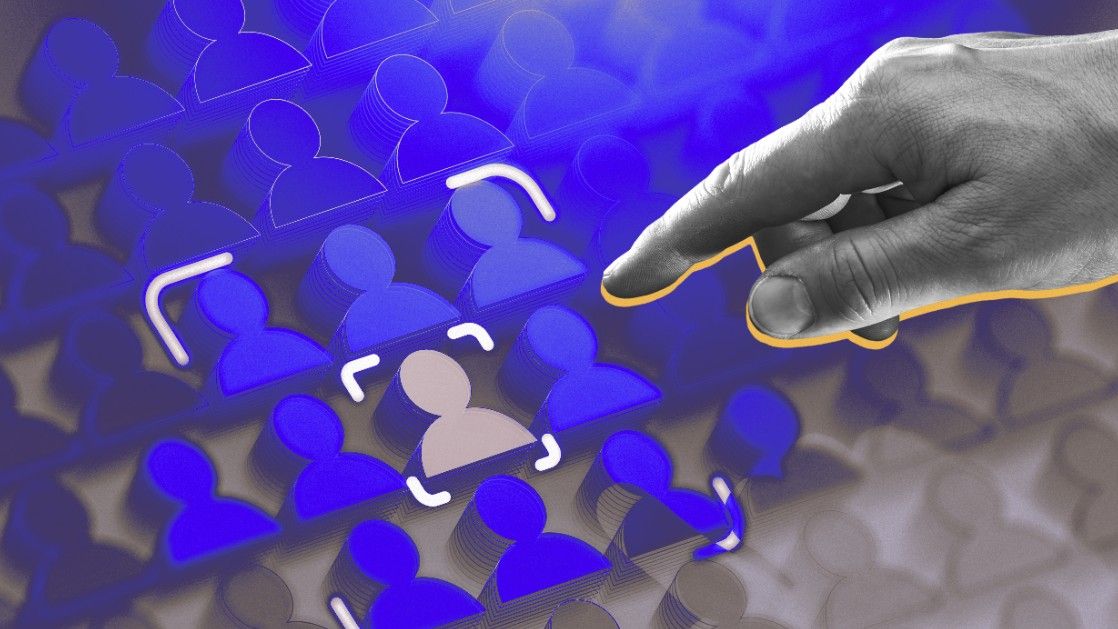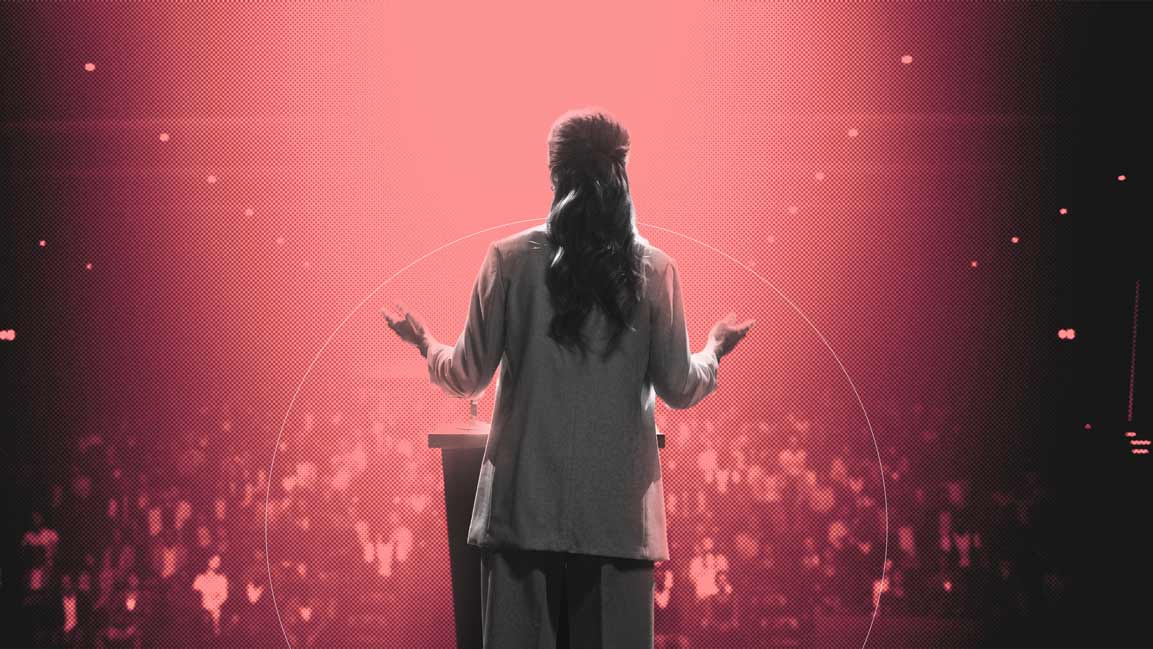- | 9:00 am
This is the quiet superpower every workplace in the Middle East will need in 2026
Hiring is booming across the UAE and Saudi Arabia – but emotional intelligence may be the hidden factor separating thriving companies from those quietly unraveling.

Even a quick scroll through LinkedIn confirms it: recruitment across the region is in full swing. With oil revenues stabilizing and diversification finally gaining traction, companies are scaling fast.
According to the 2025 Robert Half report, 63% of UAE business leaders plan to grow their teams this year. The biggest demand? Digital talent. AI, fintech, and cybersecurity are leading the charge, with advertising and media close behind, as brands race to meet a rising need for content and creative firepower, especially in startup-friendly free zones.
Add major government initiatives like Saudi Arabia’s Vision 2030 and the UAE’s post-Expo development push, and you’ve got a wave of infrastructure, tourism, and green energy projects generating thousands of new roles.
A PARADOX PLAYING OUT
So far, so breezy for career professionals, right? Not quite. Almost as quickly as companies are hiring, they’re downsizing. Or watching talent walk out the door.
It’s a paradox playing out across boardrooms and job boards.
We’re in a post-pandemic era of corporate whiplash, where economic optimism collides with shifting employee expectations and lingering burnout. Businesses are scaling, but many still struggle with hybrid policies and cultural disconnects. Employees, meanwhile, are seeking purpose, flexibility, and mental well-being – yes, we’re looking at you, Gen Z.
Conquering this terrain demands more than technical skill; it requires emotional intelligence.
It’s a term we’re used to hearing tossed around, but emotional intelligence (EI) – the ability to recognize, understand, and manage emotions – is shifting from a soft skill to something far more foundational in today’s workplace.
READING THE ROOM
People with high EI tend to show up calm, clear, and connected. They’re self-aware and handle feedback without defensiveness. Whether they’re leading a team or part of one, they build trust, adapt easily, and manage emotions under pressure. You’ll often find them diffusing tension, motivating others, and moving through change easily.
They’re also great at ‘reading the room’ – meaning they can pick up on subtle emotional cues, sense shifts in group dynamics, and adjust their tone or approach to match the mood and energy of the people around them. We’re moving into superpower territory here…
Conversely, low EI can show up as reactivity, poor listening, and a lack of empathy. These individuals may struggle to take feedback, misread social cues, or let stress spill into their interactions. They might dominate conversations, avoid accountability, or create friction without realizing it. Over time, that energy can drag down team morale and performance (honestly, you’re thinking of someone right now).
EI first appeared in academic writing in the 1960s. It gained traction in 1990 when psychologists Peter Salovey and John D. Mayer defined it as a form of social intelligence. But Daniel Goleman’s 1995 bestseller Emotional Intelligence made EI a staple in leadership and workplace culture.
Today, it’s considered essential for navigating complex, people-driven environments. And if you rate high on the EI scale, you’re bound to go far.
Satya Nadella’s transformation of Microsoft is a masterclass in emotional intelligence. When he became CEO in 2014, Microsoft was seen as rigid and internally siloed. Instead of pushing aggressive restructuring, he focused on empathy and culture. His first move? Encouraging leaders to read Nonviolent Communication and Mindset, books focused on emotional awareness and growth.
He shifted the company’s tone from know-it-all to learn-it-all, encouraging collaboration and psychological safety. Under his leadership, Microsoft’s market value tripled, and employee engagement soared. Nadella’s quiet superpower wasn’t just strategy but emotional intelligence in action.
“People with high EI don’t get paralyzed by uncertainty,” says Deema Ghata-Aura, Founder of Criterion Coaching. “They trust themselves to navigate whatever comes next. Others trust them too –and they help their teams build that trust.”
She recalls coaching a senior leader who appeared confident but privately second-guessed every decision. “He went from rewriting emails five times and delaying action to making million-dollar pivots with clarity.
STRIKE A POWERFUL BALANCE
The shift wasn’t about more data – it was about understanding his energetic state, accessing the clarity within, and tuning out the noise.”
Claire Spring, Managing Director at UAE-based design firm HTS Interiors, has seen firsthand how valuable EI has become. “I’ve seen organizations that, on paper, have everything – big budgets, experienced teams – but the leadership fails to build a real connection with their staff. People don’t feel like they belong, motivation drops, and companies that should be thriving start to struggle.”
“On the flip side, firms that value culture and lead with emotional intelligence often outperform expectations. When EI comes from the top, it doesn’t just boost morale – it also strengthens relationships with clients and stakeholders.”
Springs believes emotionally intelligent leaders strike a powerful balance: “They have the confidence to set clear boundaries, but they’re also approachable and trusted. That combination creates a culture where people feel safe, seen, and empowered to do their best work.”
Aidan O’Brien, an executive mentor who has worked with nearly one million people globally, agrees. “Most leaders don’t spend enough time developing EI,” he says. “Communication is vastly underappreciated and underdeveloped across most companies, even at the top.”
O’Brien emphasizes the concept of “frames” – the beliefs that shape how teams feel and act. “If your sales team believes business can’t be done in summer, they won’t take action with intensity. A leader with high EI can spot that frame and shift it.”
“The highest-level performers I know can see and change limiting frames before they take hold,” he adds. “They have the communication and influence skills to manage it effectively.”
Yet not everyone sees EI as a silver bullet. A 2024 study published in Frontiers in Psychology raised eyebrows by suggesting that excessive emotional intelligence in middle management may contribute to burnout and decision fatigue, especially when empathy turns into overextension.
It reminds us that even psychology-based skills need boundaries. Emotional intelligence, like any leadership tool, must be used with intention.






































